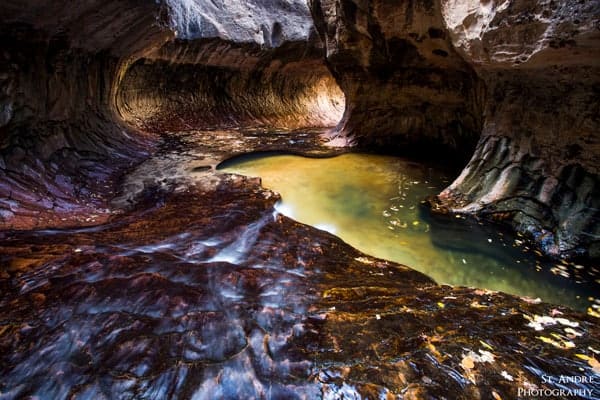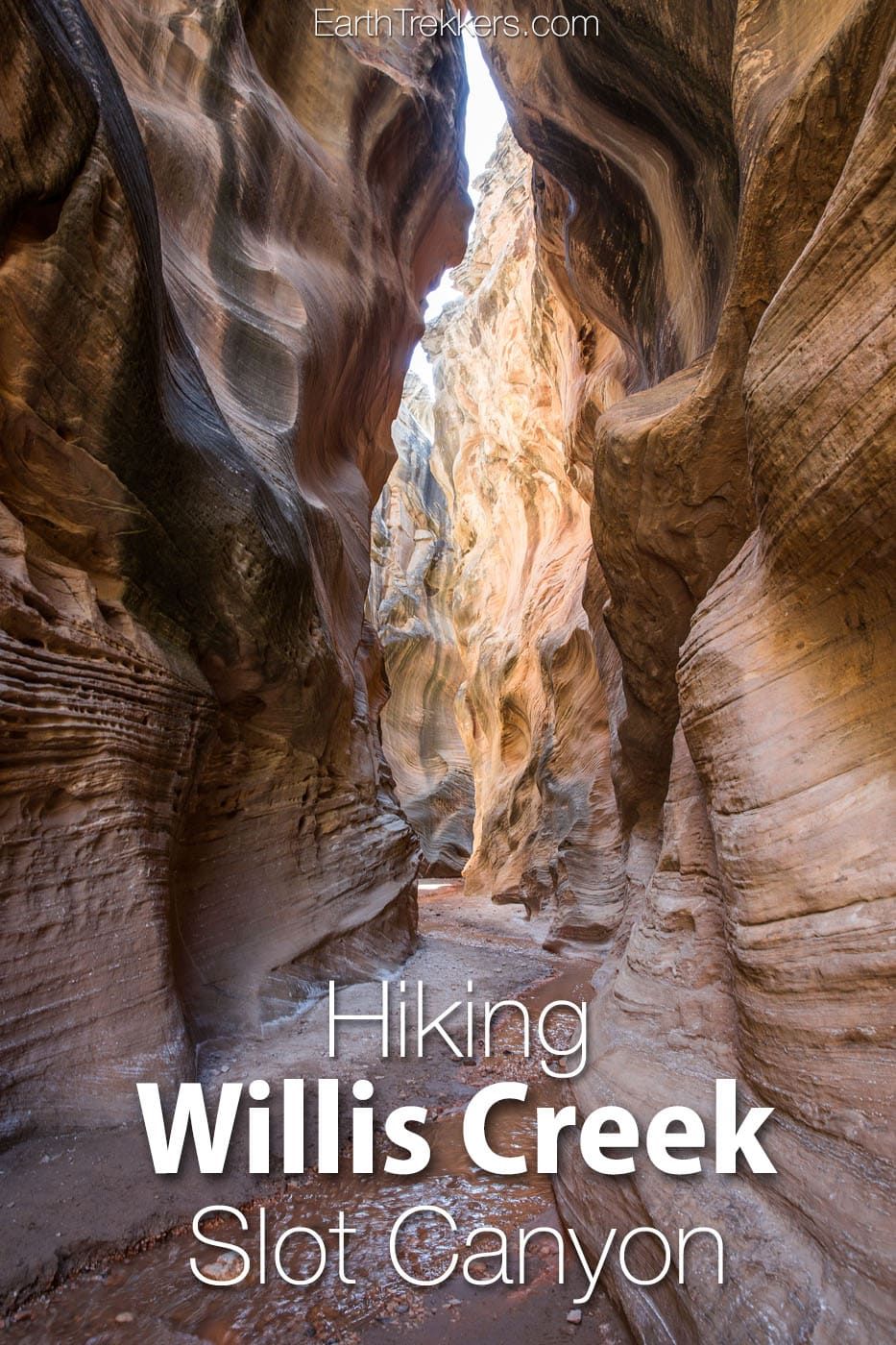Tips For Photographing Slot Canyons
- Tips For Photographing Slot Canyons Videos
- Tips For Photographing Slot Canyons National Park
- Tips For Photographing Slot Canyons Canyon
- Tips For Photographing Slot Canyons Colorado
Photographing Upper Antelope Canyon + Photo Tips for Inside. Long before photography became part of my life I saw an image of Antelope Canyon that drew me in. The lines, the light, tones, vibrancy and marvels of nature in one photograph. Slot canyons are often dusty, so don’t plan on switching lenses (bring a zoom). Upside: Dust particles can create visible beams of light, which add wonder and energy to your image. Hide or crop out the beams’ endpoints to avoid direct sunlight splotches (as above). If there isn’t enough dust to see the beams, try tossing a handful of sand. With typical landscape photography, we want to get that early, glowing light on the features of whatever we’re photographing. In slot canyons, however, the best light occurs mid-day on cloudless, sunny days. The best light is not direct sunlight hitting the walls of the canyon but rather reflected light. Slot canyons are on every nature photographer’s “must-photograph” list. While getting into some of the canyons is relatively easy, safety is a key concern, and you always need to take care that you have the proper permissions since many slot canyons aren’t on public land. Above: Upper Antelope Canyon on Navajo land, near Page, Arizona.
Added by Mark Handy
Explore breathtaking slot canyons with wonderful lighting throughout the day. The tours are guided tours by local Navajo.
Antelope Canyon is the most-visited and most-photographed slot canyon in the American Southwest. It is located on Navajo land near Page, Arizona, and requires you to book a tour guide. But don’t let that dissuade you – this natural marvel is well worth it, and this is a must-do for amateur and professional photographers alike.

The canyon is divided into two primary areas: Upper Antelope Canyon and Lower Antelope Canyon. The Navajo name for Upper Antelope Canyon is Tse' bighanilini, which means 'the place where water runs through rocks.' Upper Antelope is at about 4,000 feet elevation and the canyon walls rise 120 feet above the streambed. Located within the LeChee Chapter of the Navajo Nation.
Lower Antelope Canyon is Hasdestwazi, or 'spiral rock arches.' Located within the LeChee Chapter of the Navajo Nation.
Tours can be purchased in nearby Page, Arizona and range from $30 to $80 per person, depending on the time of the day and length of the tour.
We're committed to building a better, more inclusive home for the modern outdoors. Go PRO to support our mission and get benefits like gear deals, no ads, and more!
 Join the community
Join the communityReviews
Andrew Ho
🥇Top Contributor
about 2 months ago
Beautiful
The photos here can get a bit cliche but they are still amazing. You need to get a tour to visit Antelope Canyon. It's a really popular spot and most likely you have seen photos from here on any Arizona ad.
4.0
Andreas Brokalakis
🥇Top Contributor
3 months ago
Unforgettable experience
I have visited only the upper Antelope canyon and can attest that it is something that you should at least once in your life see with your own eyes. Since you can only visit the canyon with a guide or tour company, it is really easy to access and safe. However this is also the downside, as visiting in groups leads to a very crowded situation inside the narrow canyon making it hard to really enjoy the marvel of the nature. If I am not mistaken, tours can be organised in more private fashion with the aim of photography, but they can be quite more expensive and also may require more planning (i.e. booking several days earlier).
5.0

Crystal Sibson
🥇Top Contributor
4 months ago
Beautiful Canyon
I have been to both upper and lower Antelope Canyon. I think they are both worth a visit. The upper canyon gets more dramatic light beams and the lower canyon in much narrower. The only downside is that the canyons get quite crowded.
5.0
Elena Pearson
🥇Top Contributor
5 months ago
Beautiful canyon
It's an absolutely beautiful canyon. It can get chilly down there. You're required to sign up for a tour.
5.0
Natalie F
🥇Top Contributor
5 months ago
Touristy, but totally worth it!
Guided tour, but so worth it. Colors blend together so intricately. Tour gave you a nice history of the area. Beautiful! So much to do in this area too!
5.0
Leave No Trace
Always practice Leave No Trace ethics on your adventures and follow local regulations. Please explore responsibly!

We want to acknowledge and thank the past, present, and future generations of all Native Nations and Indigenous Peoples whose ancestral lands we travel, explore, and play on.
Canon 5DS R w/ EF16-35mm f/4.0 @24mm f/16 3.2s ISO 100
Slot canyons of the American Southwest are famous for their otherworldly beauty. As such, they are high on many nature photographers’ bucket list. The best known and most visited are Upper and Lower Antelope Canyons near Page, Arizona.
With countless discussions in the gallery and my Navajo Nation Journey Workshop about 60 days from now, I thought it would be useful to compile a list of tips for slot canyon photography to share with others.
Ten tips for slot canyon photography
Challenges for slot canyon photographers seem endless. They include extreme dynamic range, low light focusing, long exposures, small spaces, and lots of dust. Although slot canyons present many challenges to photographers, the well-prepared and properly equipped photographer will not be disappointed. Here are ten tips for slot canyon photography success:
Tips For Photographing Slot Canyons Videos
Two-shot pano: Canon 5DS R w/ TS-E 24mm f/3.5L II f/16 10.0s ISO 100
1. To the uninitiated, the insane circus that is Upper and Lower Antelope canyon can be very frustrating. Hundreds, if not thousands of tourists walk through these canyons each day during the summer season. If you go, prepare yourself mentally for fast pace, tight quarters, pushing, shoving, people in your frame, and guides barking out orders. However, there are many slot canyons that are not visited by the tour bus operators. These are the canyons where solitude, along with fantastic photo opportunities, can still be found.
2. Travel light. Even a small backpack will make it difficult to move around in narrow slot canyons.
3. Use a tripod. Although very colorful, these are low light environments. Shutter speeds of 20 to 30 seconds are not uncommon at ISO 100. Shutter speeds up to 120 seconds are sometimes necessary. Most cameras have a maximum shutter speed of 30 seconds. For anything longer you will need to use blub mode with a timing device, such as an intervalometer, to trip the shutter.

4. Stop down for maximum depth of field. Slot canyons twist and turn with layer upon layer of textures and colors. Don’t lose detail to shallow depth of field. Hyper focal distance can be an effective technique to maximize depth of field.
5. If you use auto focus, use single point mode with back-button focus. Multi-point modes will frequently lock onto surfaces other than which you intend. With back-button focus, you can choose your focus area and recompose for best results. Live-view manual focus also works well in this regard.
6. Learn to adjust your camera settings in the dark. Although you can bring a flashlight, it is one more thing to keep track of and carry. Preset as many settings as possible before you enter the canyon. My preferences include single point focus mode, evaluative metering, ISO 100, f/16, mirror lock-up, and Auto White Balance. Many photographers recommend white balance of 6500 to 7500K to achieve warmer tones. However, I prefer to make such adjustments in post.
7. Use your RGB histogram (rather than luminosity) and highlight warning (blinkies) to verify exposure. Colors in these canyons can over expose the red channel. Much detail will be lost if the red channel is blown out.
8. Dust is everywhere. Avoid changing lenses while in a slot canyon. Zoom lenses, rather than primes, are best due to their inherent flexibility. Although a medium telephoto lens can be useful for detail shots, I prefer to use a 16-35 or 24-70mm. If you have to change lenses, turn your camera off, keep the body pointed downwards and make it fast. Bring along a rocket blower for cleanup during and after your shoot. You might even want to bring a plastic bag to cover your camera while not in use or while changing lenses.
Tips For Photographing Slot Canyons National Park
9. Wear sturdy boots, a wide brimmed hat, and dress in layers. The temperature at the bottom of a slot canyon can be 10 degrees F lower than topside. Also a surprising amount of sand and debris can blow in from above.
10. Don’t forget to look up. Sometimes the best compositions and light are overhead.
Canon 5DS R w/ EF16-35mm f/4.0L @ 21mm f/14 1.3s ISO 100
Tips For Photographing Slot Canyons Canyon
Slot canyons are some of the most challenging environments for the landscape photographer. But also they are some of the most rewarding. These tips for slot canyon photography will help you manage the technical aspects of photography while exploring the artistic opportunities around every curve. Whether you are looking for floor-to-ceiling compositions or abstract details, the options are endless.